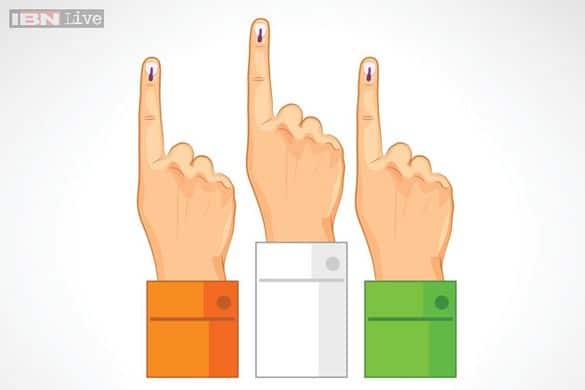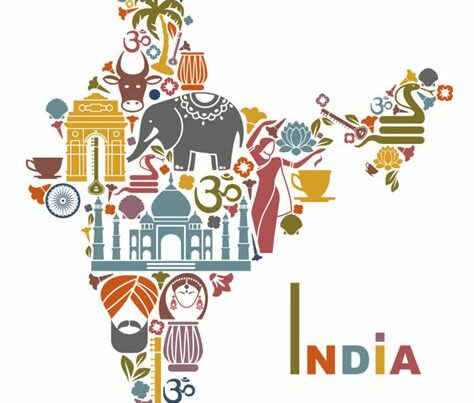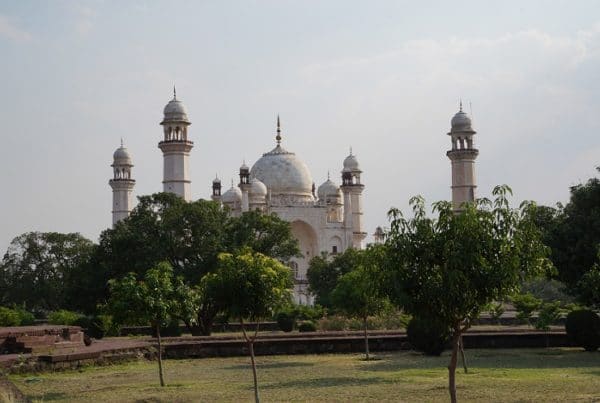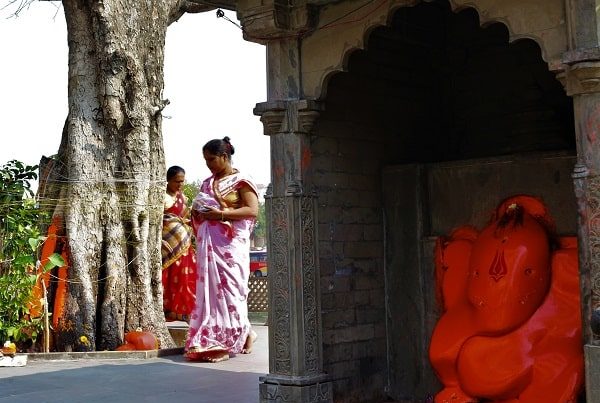The election results have just set a new change in Aurangabad. We got a new MP after 20 years. It’s Imtiyaz Jaleel. This election gave hope to Aurangabad. This article lists the challenges that the new MP of Aurangabad faces. But before that we will talk about politics and elections in India.
India, the largest democracy in the world
Even if the constitution of 1947 organised the political system in India, the majority of the facts of functioning of power were inherited from the English colonisation.
The Indian constitution
The constitution of India is like the country. It is the longest written constitution in the world for an independent country. It is made up of 450 articles in 22 parts, 12 annexes and 114 amendments. The constitution is in English and it also exists in Hindi.
The main drafter of this constitution is Dr. Bhimrao Ramji Ambedkar. This jurist and politician in India was the leader of the untouchables or dalits and participated in the revival of Buddhism in India in order to escape the caste system.
It was the Indian constituent assembly which adopted the constitution on November 26, 1949. It came into force on January 26, 1950. This date was chosen in the memory of the declaration of independence adopted by the Indian National Congress in 1930.
The constitution describes India as “a sovereign, socialist, secular, democratic republic country“. It was in 1976, an amendment that added the words “socialist” and “secular”. January 26 has become Republic Day, celebrated throughout India and especially in Delhi with a military parade.
Political organisation in India
The constitution organises India as a Federal Republic. It also organises the prerogatives of the Union as well as those of the states. Parliament is the source of power for the Indian Union.
Indian parliament
It is a bicameral parliament, that is to say that it has two chambers. The House of the People, called Lok Sabha and the House of States, Rajya Sabha. The Prime Minister comes from the majority party at Lok Sabha. The deputies of this one are elected by uninominal universal election for 5 years and are 543 in number. The Rajya Sabha has 245 including 12 appointed by the President of India. The rest are elected by state and territory legislatures. The two chambers have equal legislative power except in matters of finance. In this case, it is the Lok Sabha who has the last word. In case of disagreement between the two chambers, the Lok sabha decides to get a mutual agreement. The seat of parliament is in New Delhi.
Indian federalism
It is the constitution that describes power between the Union (the central government) and the states. Three lists have been created to distribute the prerogatives of each:
- the Union list lists the areas of competence of the central power such as national defense, foreign affairs, currency, etc.
- the competences of the states are in the list of states. It notably includes public order, local authorities, certain taxes. Only in the event of force majeure, the central government can legislate in these areas.
- For common areas of competence, there is the concurrent list.
When result or solutions are not present in one of these lists, they are allocated to the Union.
The Indian Union is in charge of national defense, foreign affairs and currency. Public order, local authorities, certain taxes and education are prerogatives.
In 1992, more power was given at the local level. Indeed, local administrations have been created for cities (Municipalities) and for villages (Panchayats) in all the States of the Indian Union. The two bodies are elected for universal change for 5 years.
Following the municipal corporation elections, we decided to draw up the list of challenges awaiting the new MP.
The challenges of the new mayor of Aurangabad
Environment protection challenges
Aurangabad has suffered from abandonment for several years. It is urgent to repair damage of the city.
Keeping the city clean
The city does not have a garbage collection system that works effectively. The system is filled with garbage. Several organisations or groups of individuals decided to make clean-up campaigns. It lacks to convince the people to respect their city and use garbage dustbins, sorting out wet and dry waste. From Akvin tourism, we plan to do a neighborhood cleaning campaign of the city.
Preserve water resources like Nehre-e-ambari, one of the biggest challenges
Climate change has terrible consequences in Aurangabad. This year was a year marked by water shortages and drying up of soils. This lack of water has several factors. One of these factors is the disappearance of the city’s natural water reservoirs. Since June 2018, we have been working with NGOs specialized in the regeneration of lakes and rivers.
This is one of our commitment for the development of sustainable tourism in the Aurangabad region. We encourage our new MP to talk about the water conservation projects that we would like to pursue. Avoiding sand mining and planting trees at the Harsul lake will help for water conservation.
Challenges for the development of the city
The city of Aurangabad is more an industrial city than a tourist. For several years, there has been a shortage of work and young people have to go to Pune, Mumbai or even out of Maharashtra. Faced with this, there are several actions to put in place.
Infrastructure
Aurangabad is infamous for having one of the worst road networks in the country. The former municipality has done a bad job, because of this undevelopment network, the city loses important opportunities. We will have to make an inventory of roads in Aurangabad and make a plan to find a road network worthy of the tourist capital of Maharashtra. Nashik city, which is 100 kilometers from Aurangabad and is of same area has well maintained roads including cleanliness.
Tourism development and preservation of historical monuments of the city
Since 2014, Aurangabad is considered the tourist capital of Maharashtra. The sites of Ellora and Ajanta which are classified in UNESCO allow the influx of tourists. But Aurangabad remains under development at the tourist level. It’s history and monuments have never been put forward. Tourists only have time to visit Ellora and Ajanta. The majority leaves without knowing the history of the city and without even having seen the main monuments like Bibi ka maqbara, Aurangabad caves, Panchakki, Soneri mahal and even Khultabad.
The tourist potential of Aurangabad is enormous. This capital of India from the seventeenth century begs to be discovered. If tourists stay a day or two more days in Aurangabad, that’s money that will be injected into the local economy. It will also create jobs. Finally the money provided by the tourism will make campaigns of protection for the monuments of the city.
We would like to be able to talk about all the possibilities of tourism development with the new MP so that it benefits the greatest number.
Our suggestions
Akvin tourism has some suggestions for few problems
1) Rain harvesting can be done in all the colonies by charging every home a minimum amount for making a rain harvesting plant in their area itself.
2) making/protection of gardens can be done by collecting service tax from the particular commercial people from that related area or it can be given to the private companies by those businessmen and can be taken care by them itself so we actually see the outcome.
3) Many people has contributed in Air/train/bus connectivity work so making a team of these people and sorting out the issues at ground level than believing on some other authorities.
Airport extension is in the news since many years but nothing has happened so personally taking an initiative by MP by talking with the airlines might help.
4) Recycling plants for plastic and dry waste is needed. Giving Aurangabadkars one rupee per kg for that particularly needed waste will help in getting outcome and will also sort out the garbage issue problem in Aurangabad.
OR
Giving subsidy in the house tax/water charges if people have made biogas system at homes, that will encourage people to make it successful.




